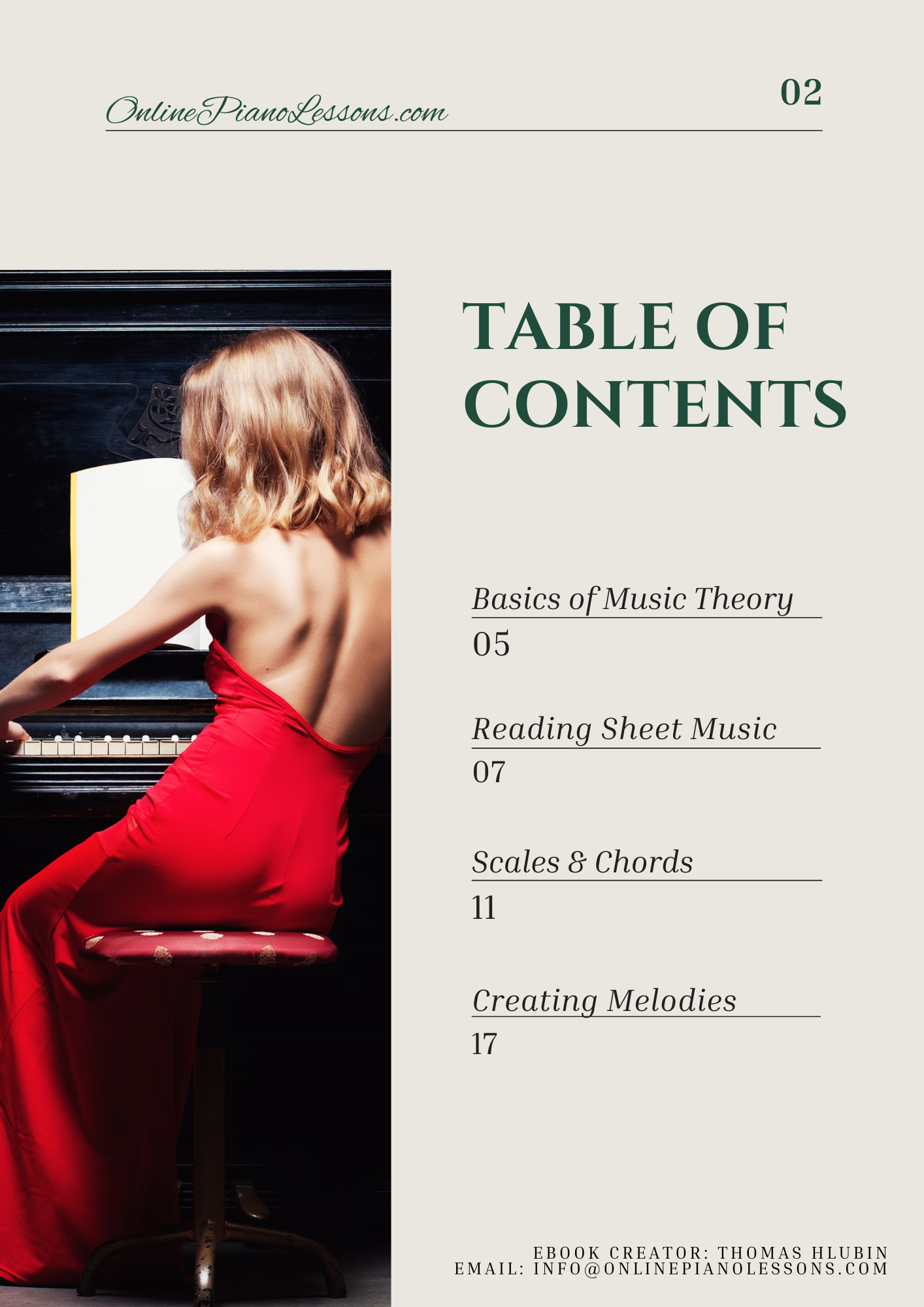Before diving into more complex aspects of music theory, one of the first concepts pianists encounter is the idea of naturals. Naturals are the building blocks of Western music and form the core of how melodies, harmonies, and scales are constructed. To fully understand how the piano works and how sheet music is read, you need to have a solid grasp of naturals and their role in the grander scheme of musical structure.
Quick Preview: This definitive guide explains what naturals are on the piano, how they function in music theory, why they matter when reading sheet music, and how they interact with sharps and flats. You’ll also learn how naturals are notated, how to identify them on the piano, and why mastering them is key for any developing musician.
What Are Naturals?
Naturals are the “plain” or “unaltered” notes in music. On the piano, they are the white keys, which correspond to the seven basic pitches in Western music: A, B, C, D, E, F, and G. These notes repeat in a cycle across the entire range of the keyboard.
In music theory, naturals are considered the foundation because they represent the notes without accidentals—meaning they are not sharpened (#) or flattened (♭). When you see a natural symbol (♮) in sheet music, it tells you to cancel any previous sharp or flat applied to that note.
How Naturals Work In Sheet Music
When you read sheet music, naturals play a key role in clarifying what pitch to play. If a note has been altered earlier in a measure with a sharp or flat, a natural restores it back to its original, unaltered pitch.
For example, if a measure contains F♯, but later you see F♮, this tells you to stop playing F sharp and return to the plain F natural. This system ensures accuracy and avoids confusion when interpreting music.
The Relationship Between Naturals And Accidentals
Accidentals in music theory include sharps, flats, and naturals. Together, these symbols tell musicians how to adjust the pitch of notes. Naturals serve as the “reset button” in this system, removing any alteration and returning the note to its base form.
This is especially important in more complex pieces where notes shift frequently between altered and unaltered states. For pianists, naturals are easy to identify visually: they always align with the white keys, unless a natural symbol appears to cancel a previous sharp or flat in the sheet music.
Naturals On The Piano Keyboard
On the piano, naturals are laid out in a repeating sequence:
- C, D, E, F, G, A, B
This sequence repeats across the entire keyboard, from the lowest note on the left to the highest on the right. Learning to recognize this pattern is one of the first steps in understanding how to navigate the piano.
The black keys represent sharps and flats, but the white keys—naturals—form the backbone of scales and melodies.
The Importance Of Naturals In Music Theory
Naturals are more than just “default notes.” They form the framework for scales, chords, and harmony in Western music. For example:
- The C major scale is made entirely of naturals: C, D, E, F, G, A, B.
- Many chords, such as C major (C–E–G), are built solely from natural notes.
Understanding naturals makes it much easier to grasp more advanced music theory topics like key signatures, intervals, and modes.
How Naturals Affect Key Signatures
Key signatures tell you which notes in a piece are consistently sharpened or flattened. However, naturals can override these. If a key signature normally includes F♯, but a composer wants a plain F for a particular moment, they’ll use a natural symbol.
This gives composers flexibility to move between tonalities and moods, while also keeping sheet music readable and precise.
Tips For Learning Naturals As A Beginner Pianist
- Memorize the white key names – Practice identifying each natural note across the keyboard without hesitation.
- Play scales with naturals first – Start with C major and A minor, which use only natural notes.
- Practice reading sheet music with naturals – Get comfortable recognizing natural symbols (♮) in notation.
- Train your ear – Listen to the difference between natural notes and their sharp or flat counterparts.
- Use flashcards or apps – Reinforce note recognition for faster recall.
By mastering naturals, you’ll have a strong foundation for understanding how sharps and flats fit into the bigger picture of music theory.
Why Naturals Matter When Playing Piano
Naturals are crucial for pianists because they:
- Provide a clear map of the keyboard.
- Form the base of major and minor scales.
- Act as reference points when moving into more advanced keys.
- Help simplify sight-reading by serving as the “default” notes unless altered.
Even when pieces become more complex, naturals remain the anchor for understanding the structure of music.
Conclusion: Naturals on the Piano
Naturals are the core of both the piano and music theory. They are the unaltered pitches, represented by the white keys on the keyboard and by the natural symbol in sheet music. By learning naturals, pianists establish a strong foundation for understanding accidentals, scales, chords, and key signatures.
For anyone serious about playing piano, mastering naturals is one of the most important steps in developing both technical skill and theoretical understanding.
FAQ
1. What are naturals in music theory?
Naturals are notes that are not altered by sharps or flats. They are the basic pitches A, B, C, D, E, F, and G.
2. What do naturals look like in sheet music?
In sheet music, the natural symbol (♮) cancels a sharp or flat and restores the note to its original pitch.
3. Are naturals always the white keys on the piano?
Yes, on the piano, naturals are always represented by the white keys.
4. Why are naturals important in music theory?
Naturals form the foundation of scales, chords, and key signatures, making them essential for understanding how music works.
5. How should beginners practice naturals?
Beginners should focus on identifying white keys, playing simple scales like C major, and practicing sight-reading sheet music with naturals.




 Hi, I'm Thomas, Pianist Composer,
Hi, I'm Thomas, Pianist Composer,  I love playing piano, creating new melodies and songs, and further developing my online piano course and making updates/additions to my site OnlinePianoLessons.com!
I love playing piano, creating new melodies and songs, and further developing my online piano course and making updates/additions to my site OnlinePianoLessons.com!  Now that is what I call fun!
Now that is what I call fun!
